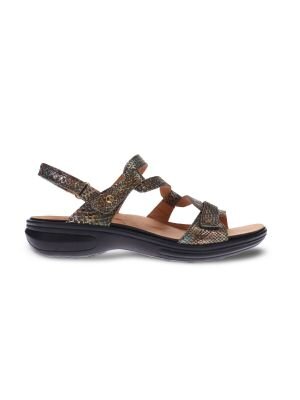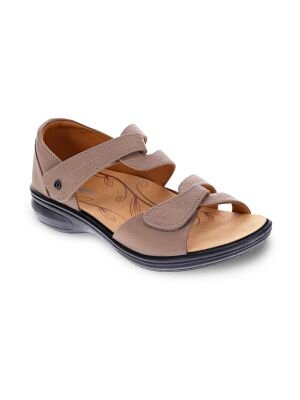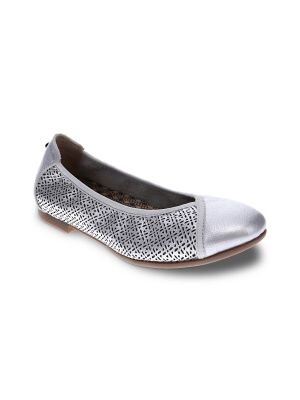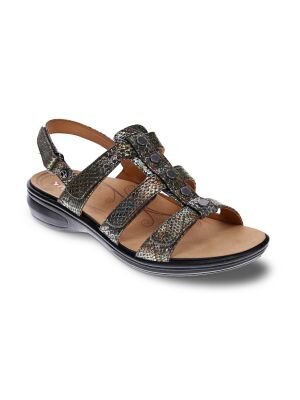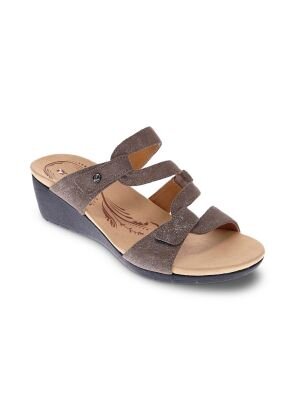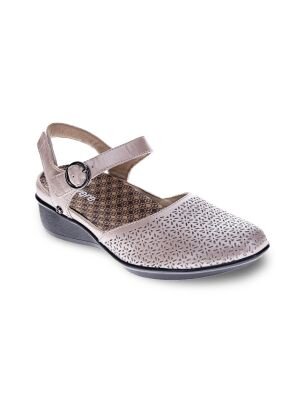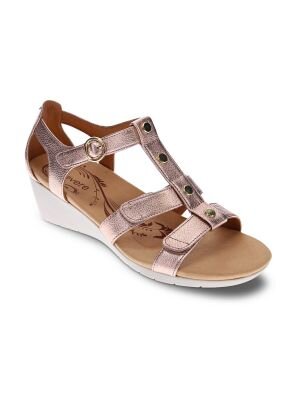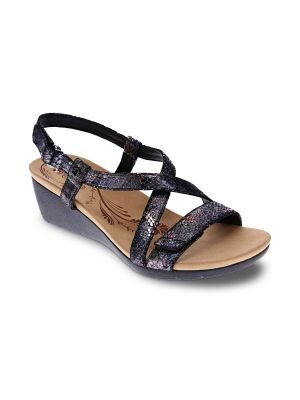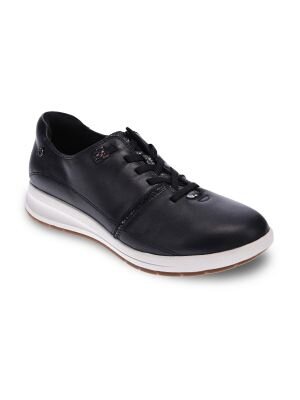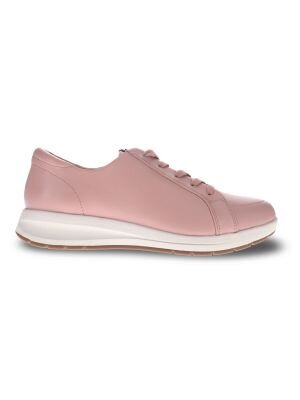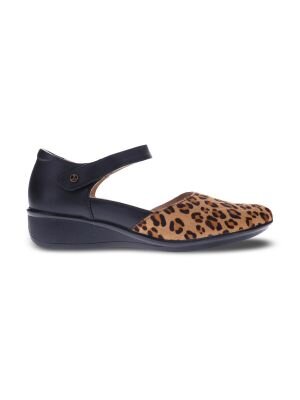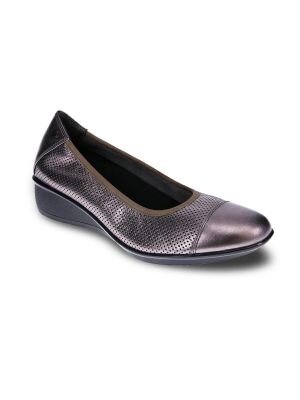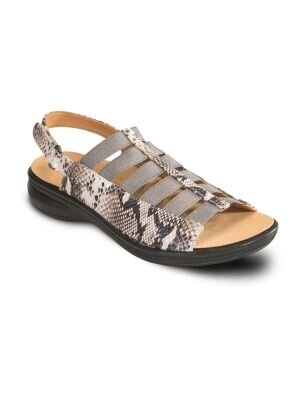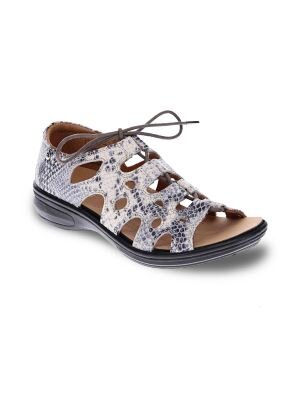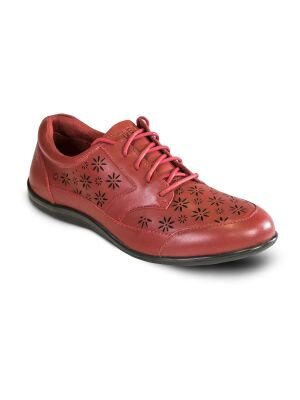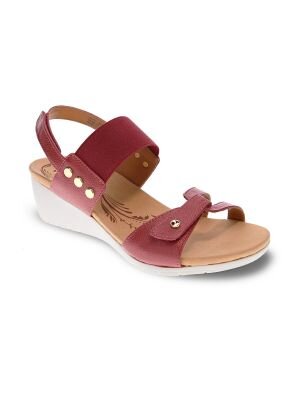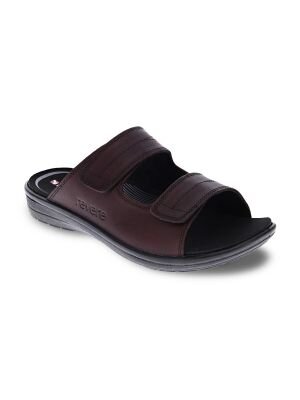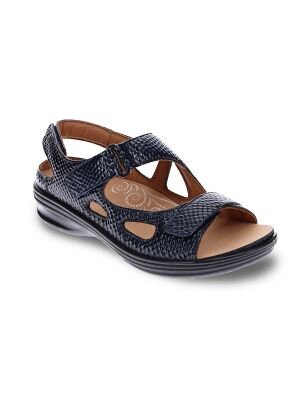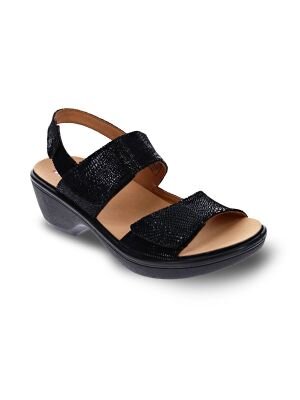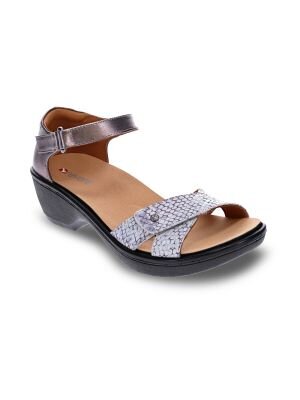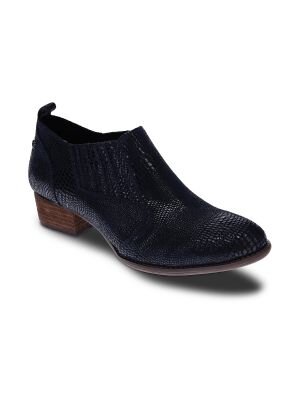

How we work
Intro Title one
The following text is placeholder known as “lorem ipsum,” which is scrambled Latin used by designers to mimic real copy. Lorem ipsum dolor sit amet, consectetur adipiscing elit. Sed non finibus tellus. Donec laoreet ipsum vel eleifend tempor. Suspendisse eu suscipit enim. Lorem ipsum dolor sit amet, consectetur adipiscing elit. Lorem ipsum dolor sit amet, consectetur adipiscing elit. Quisque elementum euismod ex, eget interdum mauris ullamcorper id. Curabitur id consequat elit. Nulla mattis leo ac leo elementum accumsan. Phasellus molestie condimentum scelerisque. Curabitur et euismod justo. In hendrerit ligula non ante sollicitudin, ac ultricies lectus scelerisque. Praesent posuere viverra mauris vel rutrum. Curabitur eu sollicitudin felis, quis hendrerit mauris.
Corns & Calluses
Corns and calluses develop from excessive pressure on the skin.
They may develop on areas that experience compression from the shoe or increased weight on any soft tissue areas of your foot.
Pain is associated with weight-bearing, and particulary increased in tight shoes or shoes which provide very little cushioning from the hard ground. The pain can be a "burning" feeling or the pain can be quite sharp due to the increased pressure on the nerve supply.
Depending on the amount and thickness of the skin, you could use a pumice stone and rub the affected area while showering. Moisturisers for the skin are also important. A Podiatrist can give professional treatment of corns and calluses called debridement. They can debride all the corn and callus area for you.
Do not try to cut or pull the skin off yourself as this can cause problems to healthy tissue. Corn pads are not recommended, as sometimes can cause more problems to the skin.
The area of dead skin may build up and blister or ulcer may form underneath the skin. Some people can develop infections under the corn/ callus which usually creates a lot of pain until the pressure is released.
Podiatrists can help with debridement of the excess skin and offer footwear advice. If the area is quite prominent, the Podiatrist may be able to fit felt padding on the foot or the in the shoe to reduce excessive pressure.
Diabetes & Your Feet:
Diabetes is a name given to a group of different conditions in which there is too much glucose in the blood. The pancreas cannot make insulin, or can't make enough insulin to work properly. Without insulin doing it's job, glucose builds up in the blood leading to high blood glucose levels which cause the health problems linked to diabetes.
There are two main types of Diabetes- Type 1 is insulin dependant and is less common usually effecting children and young adults, but can occur at any age. Type 2 is non insulin depenadant but is a lifestyle disease effecting 85%-90% of all people with diabetes.
Looking after your Diabetes and having regular check ups, will help delay or even prevent diabetes related complications, including problems with your feeet.Damage to the nerves and blood supply of the feet caused by diabetes can put your feet at risk of damage.
We at Kallangur Podiatry will do a Diabetic Assessment to check your feet for circulation - blood flow to your feet, nerves- feeling and reflexes, foot shape and toenails and skin for dryness, cracks, infections, callus, corns, ulcers etc.
Low risk feet have normal sensations and good blood flow.
High Risk feet have lost feeling, poor blood flow. People that have had foot ulcers or amputations are of high risk and need routine check ups.
For further information- please refer to the Diabetes Australia website - www.diabetesaustralia.com.au
Shin Splints (tenoperiostitis of the shin)
This is an inflamation of the tendon or muscle that attaches to a bone.
Shin splints usually occurs from overuse. Tendons and muscles attach to bone via a layer of connectiinf tissue overlaying the bone. With overuse, poor biomechanics or excessive muscle tightness, this pulling can damage the periosteum. This results in an imflamatory response as the body attempts to repair the damage.
The pain is typically felt as pain along the inside border of the shin bone. It is usually painful as you begin exercising. During exercise the pain may subside, but following exercise the pain may even be too painful to touch.
Usually this settles on it's own, if not to seek medical advice. Initial treatment should consist of icing flollowing exercise & massage the inside border of the shin bone followed by ice ice to reduce and post massage soreness. (ice should be wrapped in moist towel and applied for about 15-20 minutes at a time.)
Heel Pain
Heel pain is one of the most common conditions treated by podiatrists. It is often a message from the body that something is in need of medical attention. Pain that occurs right after an injury or early in an illness may play a protective role, often warning us about the damage we have suffered.
While heel pain has many causes, it is usually the result of faulty biomechanics (abnormalities in the way we walk). This can place too much stress on the heel bone and the soft tissues attached to it. The stress may also result from injury, or a bruise incurred while walking, running or jumping on hard surfaces; wearing poorly constructed footwear; or being significantly overweight. Systemic diseases such as arthritis and diabetes can also contribute to heel pain.
Heel Spur
A common cause of heel pain is the heel spur, a bony growth under the heel bone. There are no visible features on the heel, but a deep painful spot can be found in or around the middle of the sole of the heel (see diagram). Approximately 10 per cent of the population may have heel spurs without any pain. Heel spurs result from strain on the muscles of the foot. This may result from biomechanical imbalance,a condition occurring in many people.
Plantar Fasciitis
Both heel pain and heel spurs are frequently associated with an inflammation of the long band of tissue that connects the heel and the ball of the foot. The inflammation of this arch area is called plantar fasciitis. The inflammation may be aggravated by shoes that lack appropriate support, especially in the arch area, and by the chronic irritation that sometimes accompanies an athletic lifestyle.
Other causes of heel pain
- Excessive rolling in of the feet when walking.
- An inflamed bursa (bursitis), a small, irritated sack of fluid at the back of the heel.
- A neuroma (a nerve growth)
- Other soft-tissue growths.
- Heel bumps or ‘pump bumps’, a bone enlargement at the back of the heel bone.
- Bruises or stress fractures to the heel bone.
- Early treatment might involve exercise and shoe recommendations, taping or strapping and anti-inflammatory medication (such as aspirin). Taping or strapping supports the foot, placing stressed muscles in a restful state and preventing stretching of the plantar fascia. Other physical therapies may also be used, including ice packs and ultra-sounds. These treatments will effectively treat the majority of heel and arch pain without the need for surgery. Only a relatively few cases of heel pain require surgery. If required, surgery is usually for the removal of a spur, but also may involve release of the plantar fascia, removal of a bursa, or a removal of a neuroma or other soft-tissue growth.
Orthotics
Foot orthoses are shoe inserts designed to support, align, or improve the function of the foot. They are also often commonly referred to as ‘orthotics’. Orthoses fit comfortably inside your shoes.
People of all ages with a variety of foot or lower leg problems wear orthoses. Sportspeople are often prescribed orthoses by their podiatrist to help maximise their performance, as well as to address mechanical problems. Anyone suffering from a chronic foot or lower limb condition, which is limiting their mobility or independence, may benefit from wearing orthoses.
Your podiatrist may prescribe orthoses for your particular foot problem after a comprehensive assessment, taking into account your own biomechanics, footwear, and occupational and lifestyle factors.
Orthoses provide valuable long-term solutions in the treatment and prevention of corns, callous and ulceration by redistributing the pressure of the body's weight on the feet. Orthoses also help with rehabilitation of acute and chronic foot conditions such as tendonitis, recurrent ankle sprain and stress fractures, by providing consistent postural control.
What type of orthoses?
Cushioning orthoses provide cushioning and padding underfoot with shock absorption during walking.
Pressure relief orthoses offer additional relief by redistributing the pressure on problem areas of the foot.
Moulded cast or non-cast orthoses offer similar features with superior fit, whilst prefabricated orthoses provide relief with the benefits of being customised by your podiatrist.
Functional foot (customised kinetic) orthoses offer all these features, plus the benefit of postural realignment.







Welcome to Kallangur Podiatry
We are still OPEN !!!
At Kallangur Podiatry, we are a community focused podiatry clinic that aims to provide an enjoyable health journey for all your podiatric needs from the hip to toes.
We provide premium podiatric services beginning with a comprehensive assessment with our passionate podiatrist, Scott, who has over 10 years clinical experience.
The focal point of our clinic is to educate our patients on what treatments best suit their needs and work with our patients to achieve their goals.
Happy Feet start at Kallangur Podiatry.
NO REFERRAL is required to see our PODIATRIST.
We are an appointment only clinic so please call to book you next podiatry visit.
Kallangur Podiatry is a private podiatry clinic, we offer:
On the spot private health insurance claiming through HICAPS
We accept Department of Veteran Affairs referrals
We accept referrals from GPs and provide on the spot rebates for Enhanced Primary Care plan referrals.
We Bulk Bill diabetic assessments and Screening assessments.
Fees may apply to some services but this will be discussed by our friendly team whoa re happy to answer your questions.


